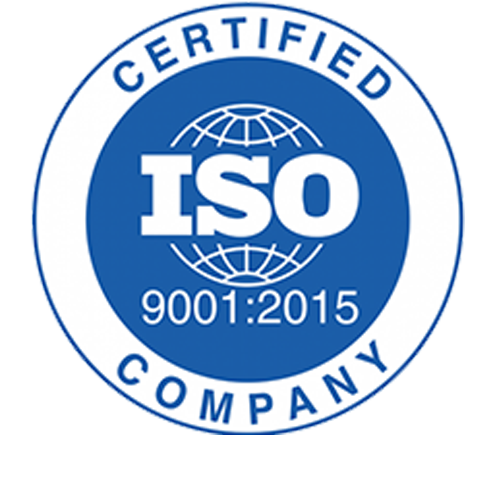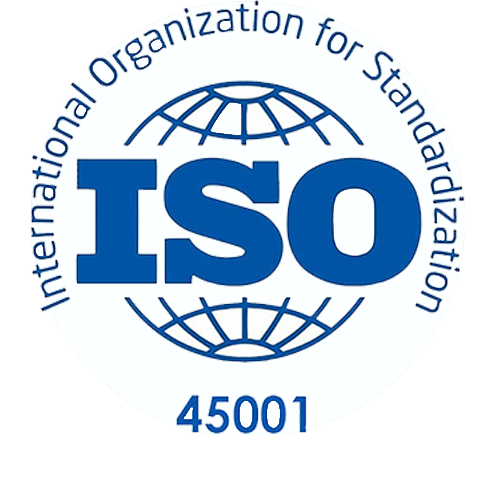>> DOWNLOAD COMPANY PROFILE <<
ANTI SCALANT used to prevent scale formation at surface area due to saturated of salts and mineral consentration. Scale can damages the metal surface of equipment by formation a barier against heat transfer and distracts the material caused of metalurgic damage under layer of the scale itself.
How Does It Work ?
Threshold Effect - Supersaturation
One molecule of chemical can hold (inhibit) millions of cations (sub-stoichiometric)
Differs from chelating agent where one molecule of chelant can only inhibit one cation in stoichiometric proportion.
Threshold Effect - Nucleation
Prevent growth of crystals by sequestering cations such as Ca.
Adsorption of inhibitor molecule onto the active growth site of sub-microscopic crystal nuclei to prevent the formation of crystalline structure.
If crystal continues to growth, it will be modified or distorted to a form that it will not be so easily stick to surface.
Crystal Modification / Distortion of Crystal Growth
- Prevent growth of larger crystals
- Inhibitor molecule can absorb onto the growing crystal face to disrupt the uniformity of crystalline lattice prevent growth of uniformly structured mass
- If crystal continues to growth, it will be distorted to a form that it will not be so easily stick to surface.
Dispersion
- If crystal continues to growth, it will be distorted to a form that it will not be so easily stick to surface.
- Absorb onto large crystal or suspended particle high charge density develops repelling action.
- As distorted crystals continue to form, inhibitor disperses each crystal to prevent agglomeration.
The Types of Anti Scalant
(Scale Inhibitor Chemicals)
- Copolymaleic acid base scale inhibitor
- Phosphonate /copolymaleic acid scale inhibitor
- Phosphonate/copolymaleic acid scale inhibitor
- Copolymaleic acid scale inhibitor
- Phosphonate/copolymaleic acid scale inhibitor
- Homopolymaleic acid base scale inhibitor











